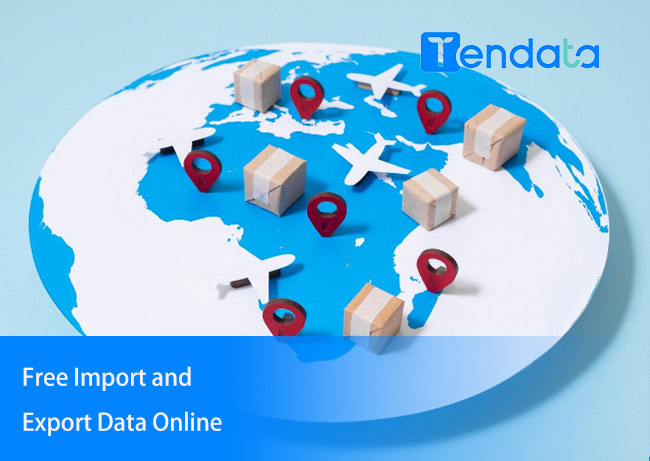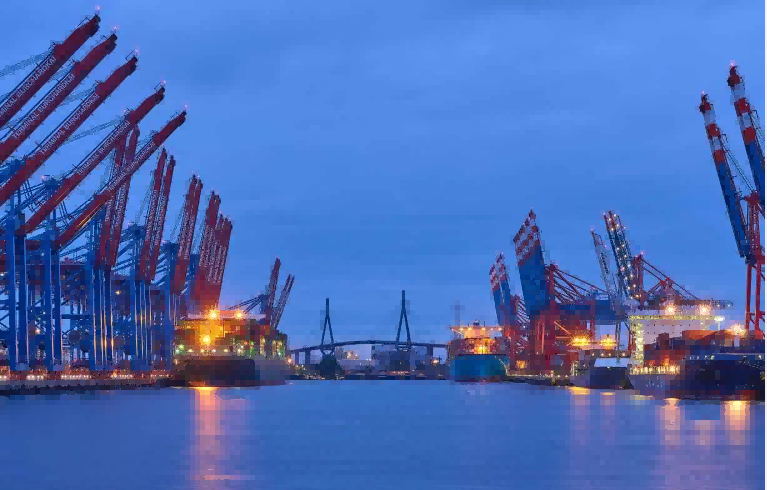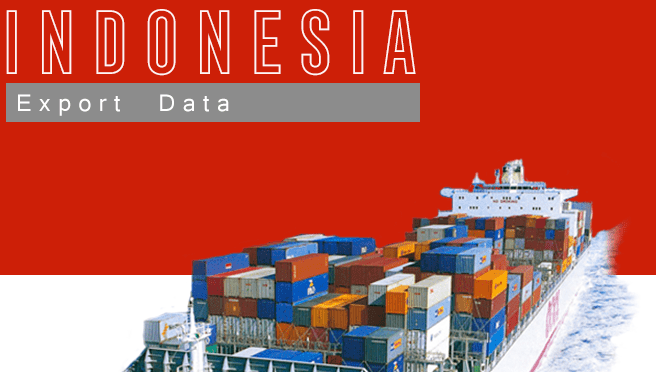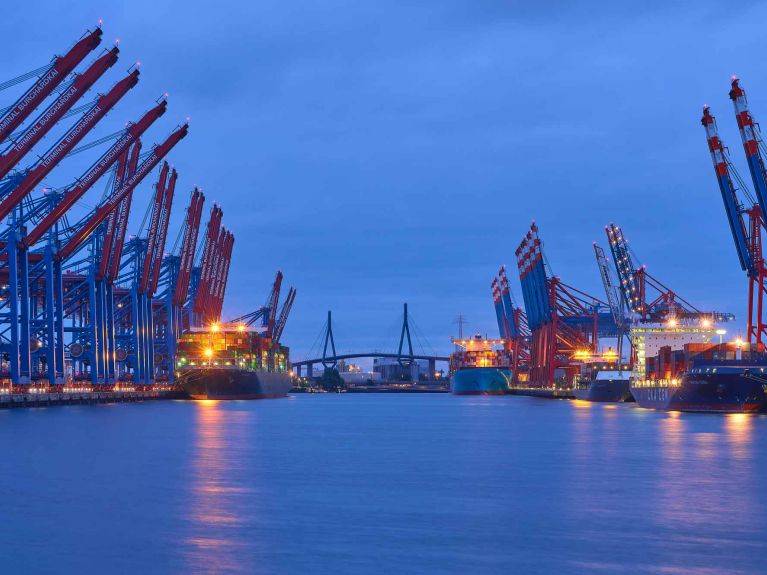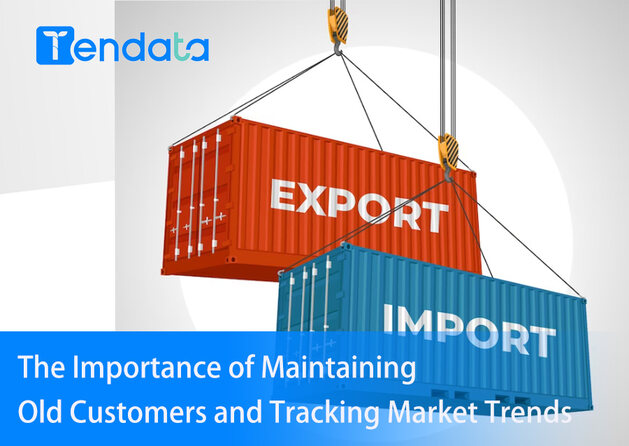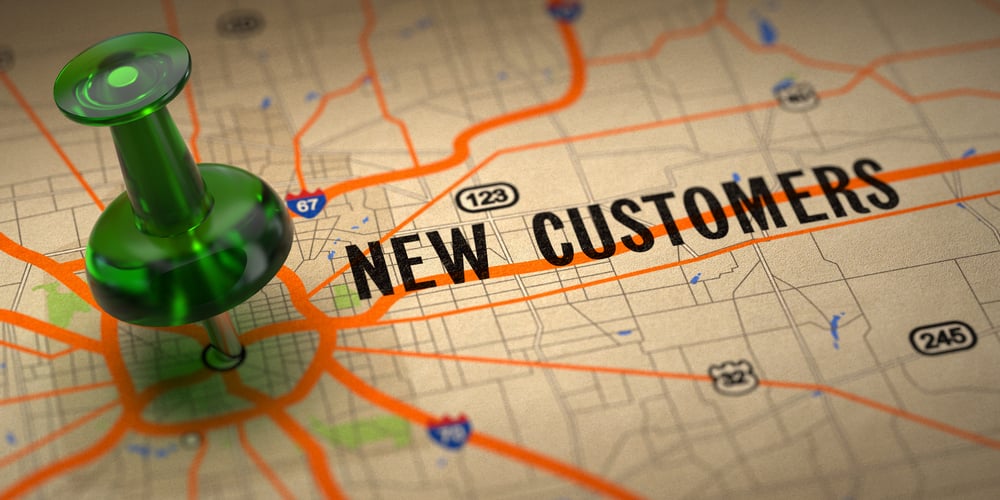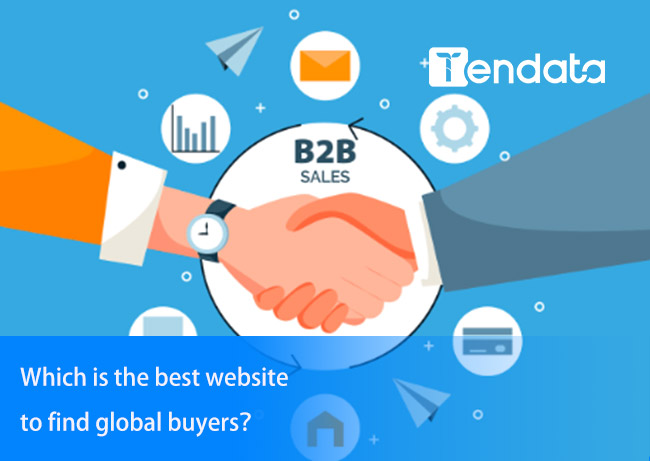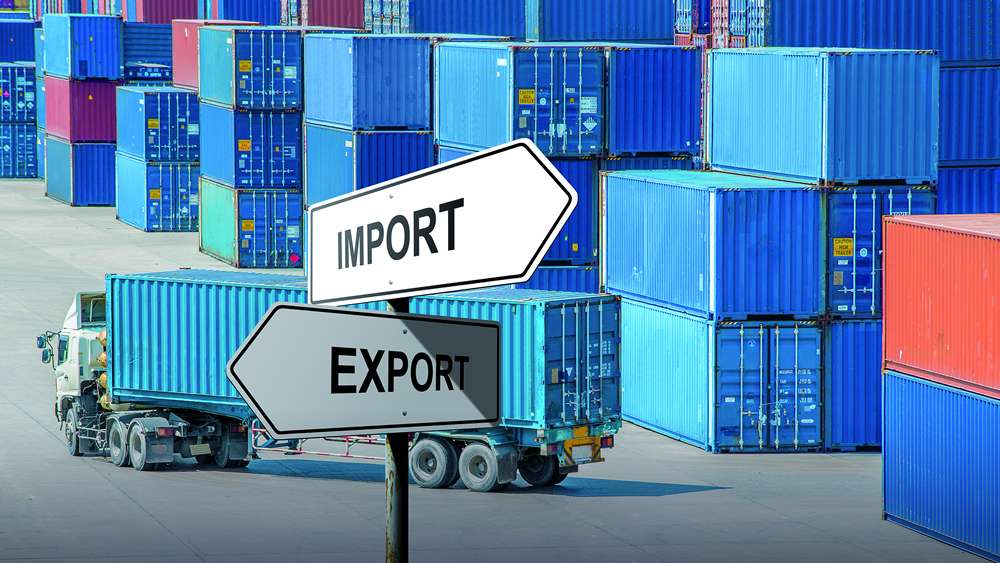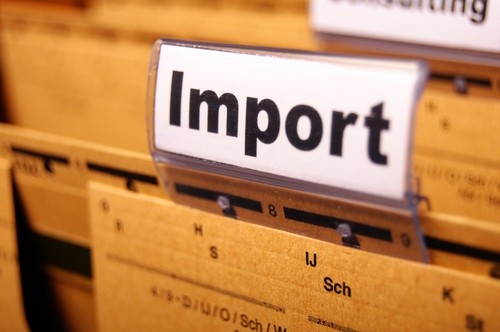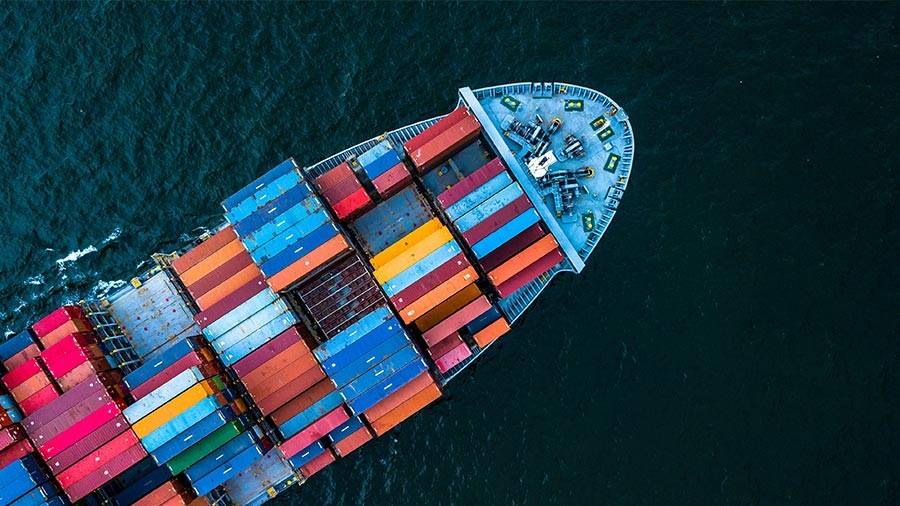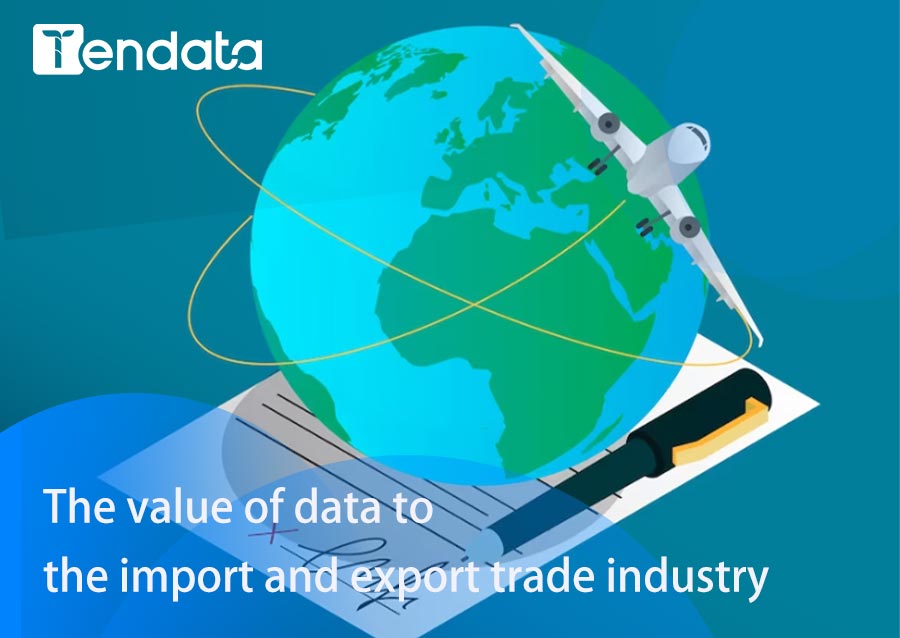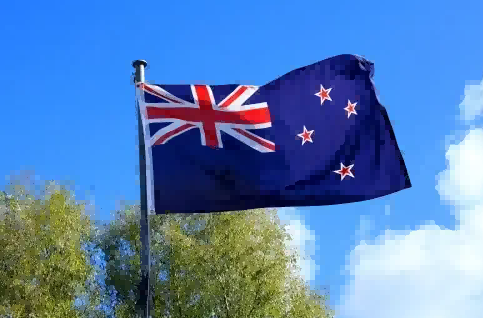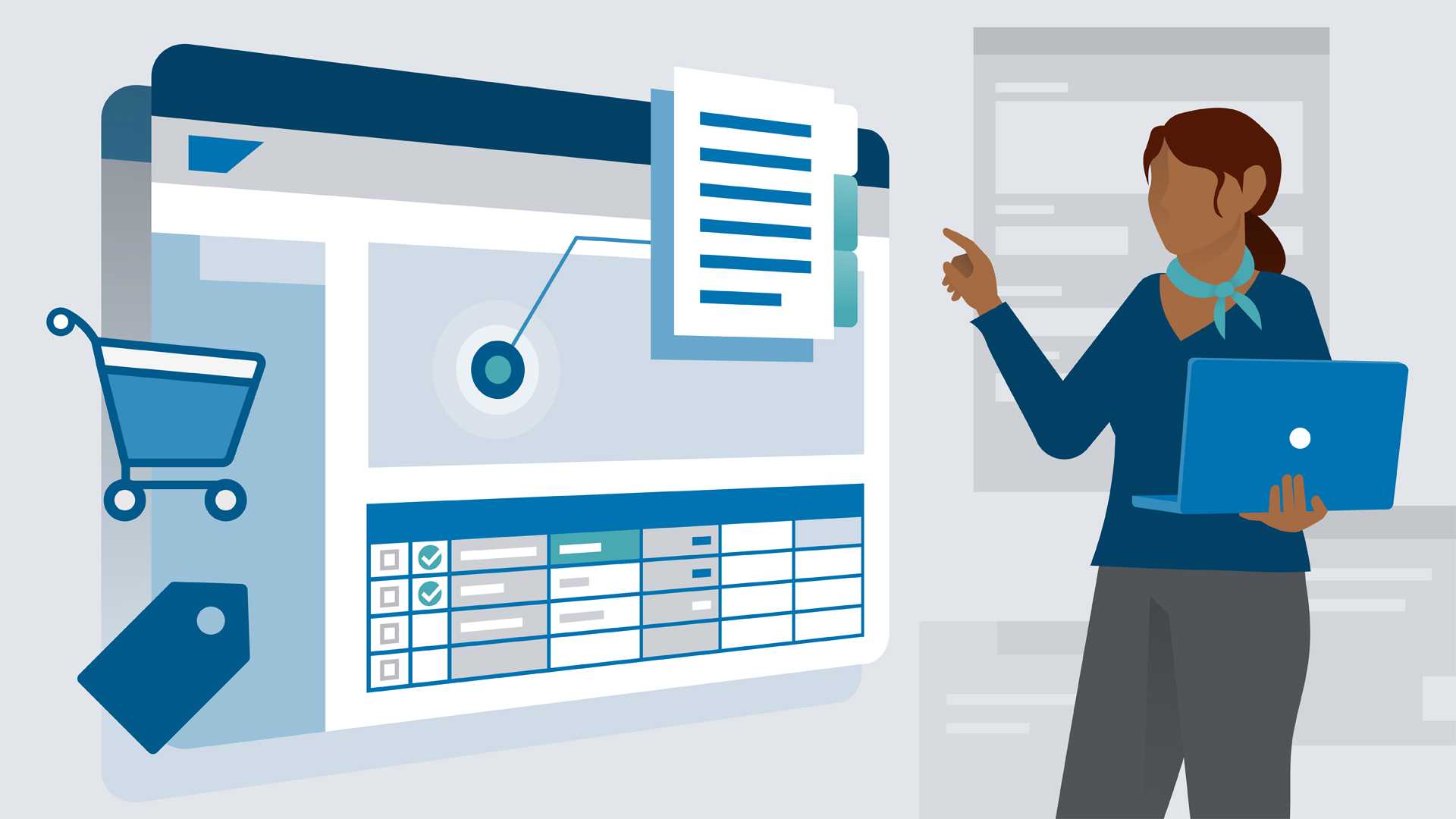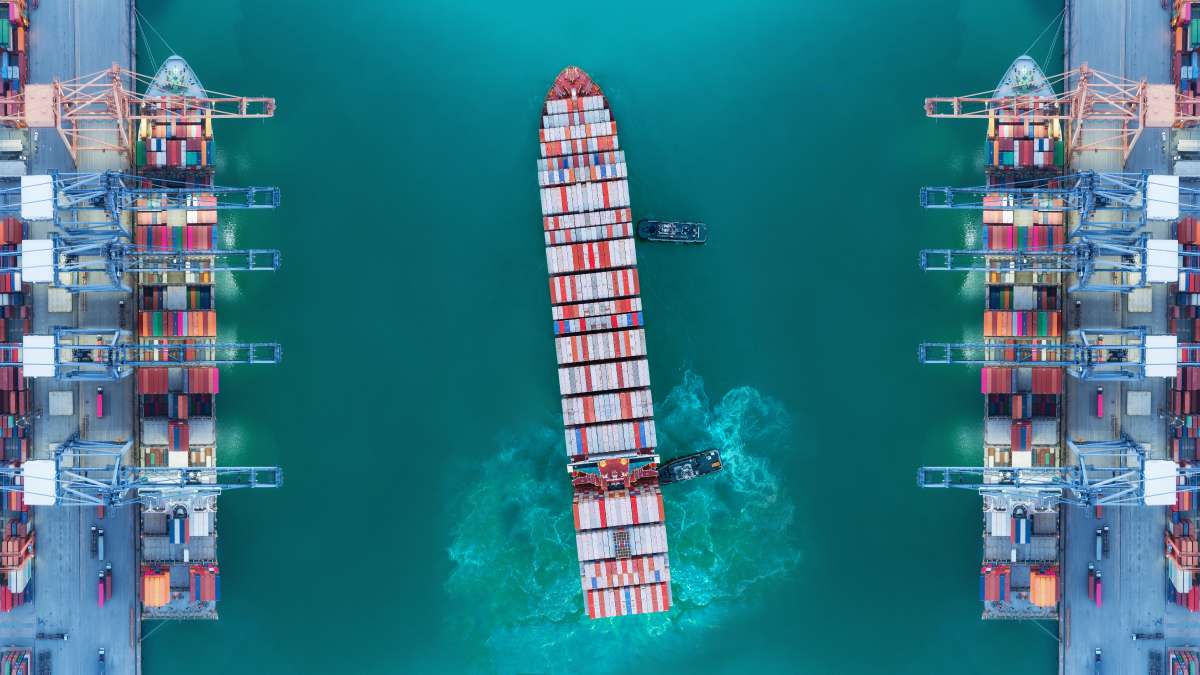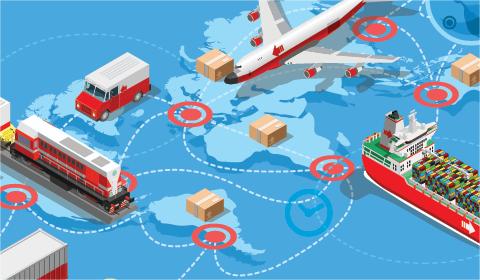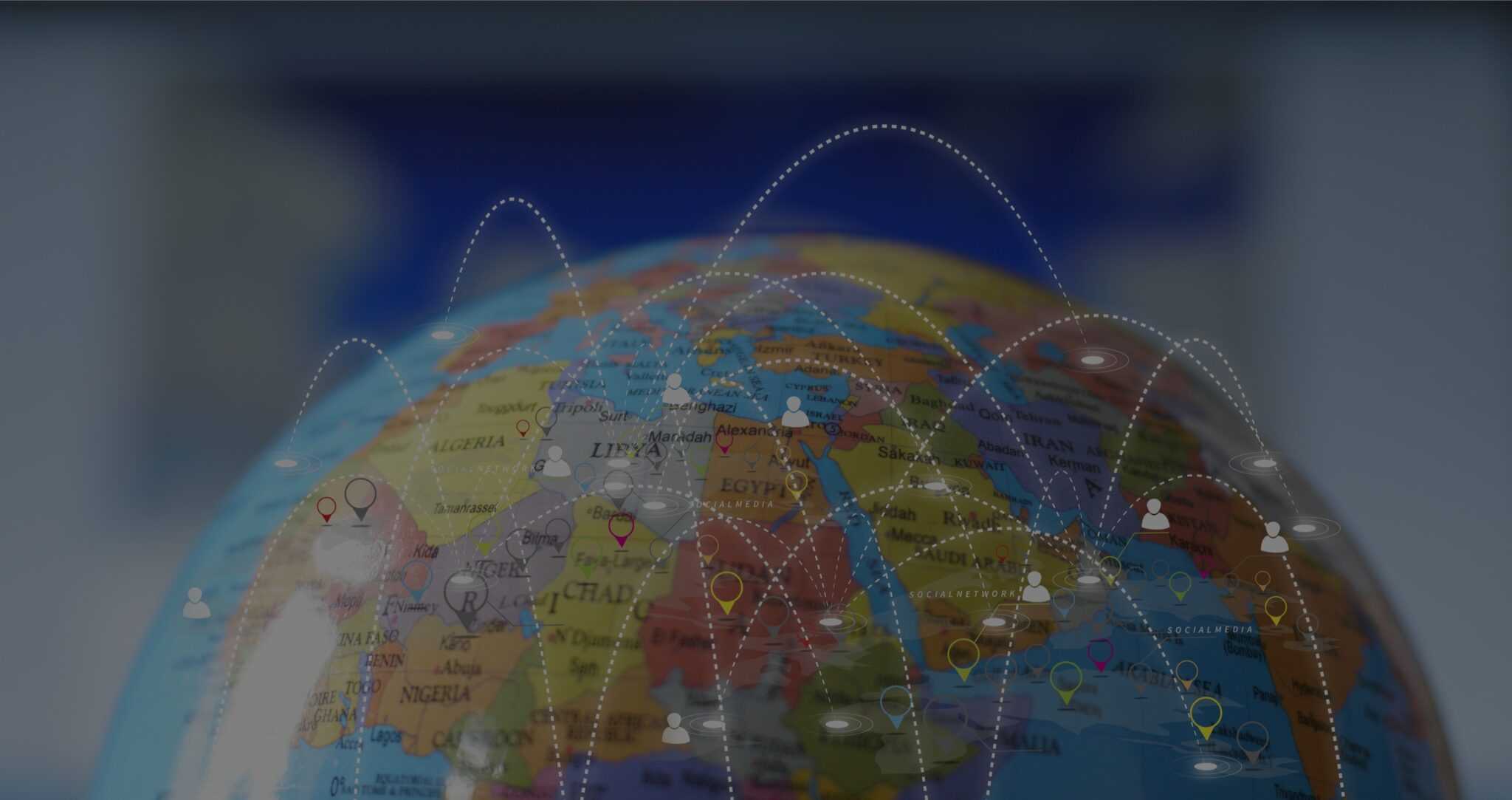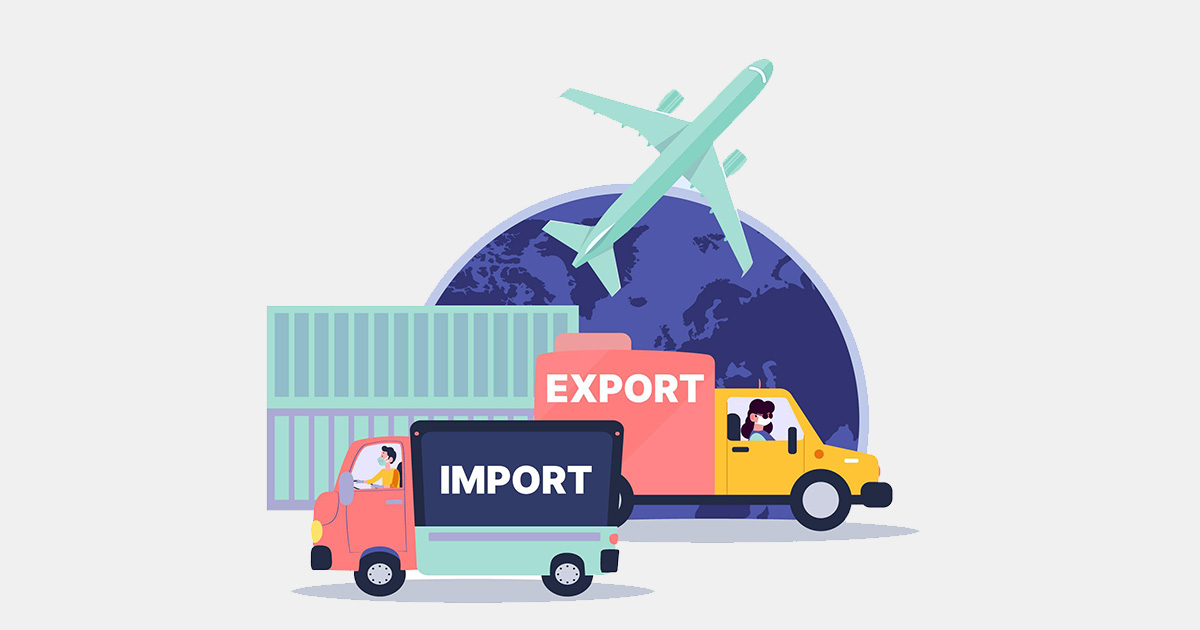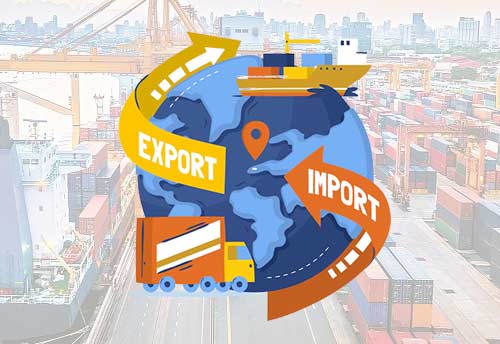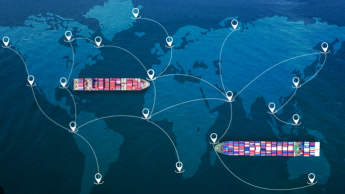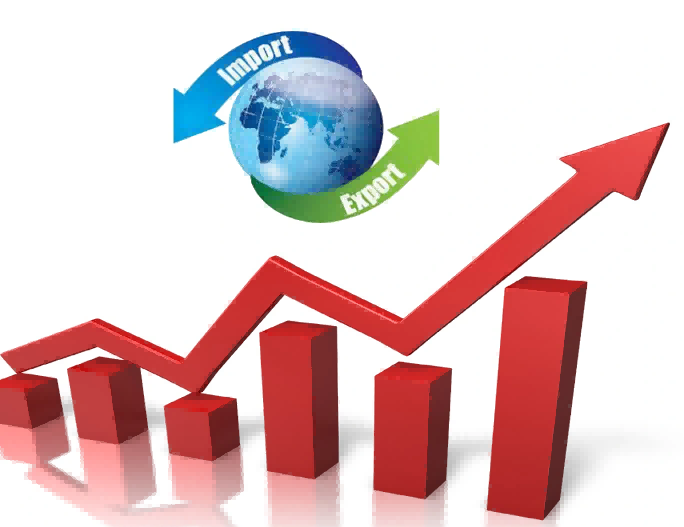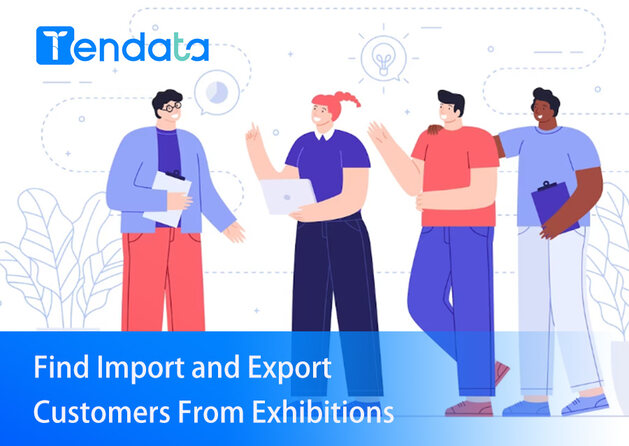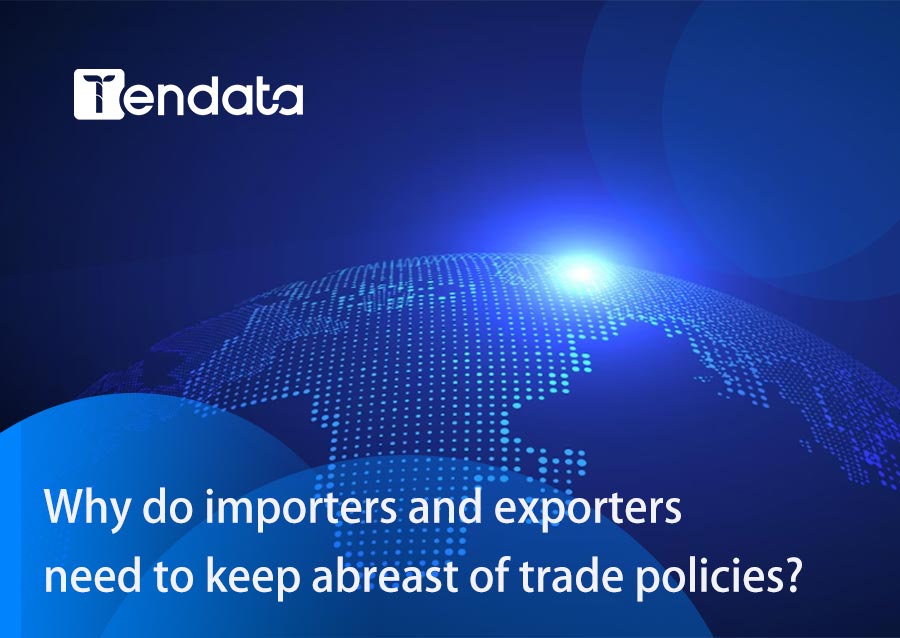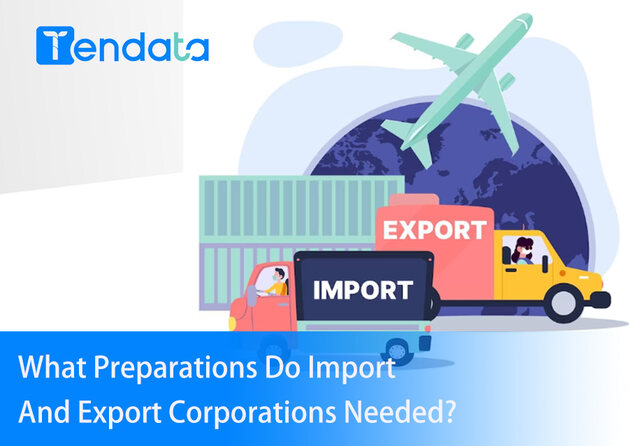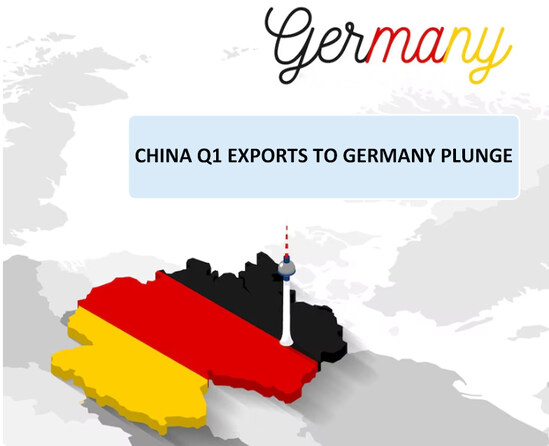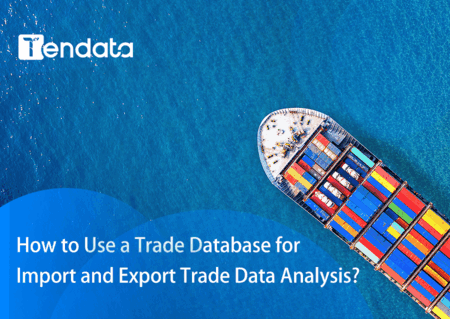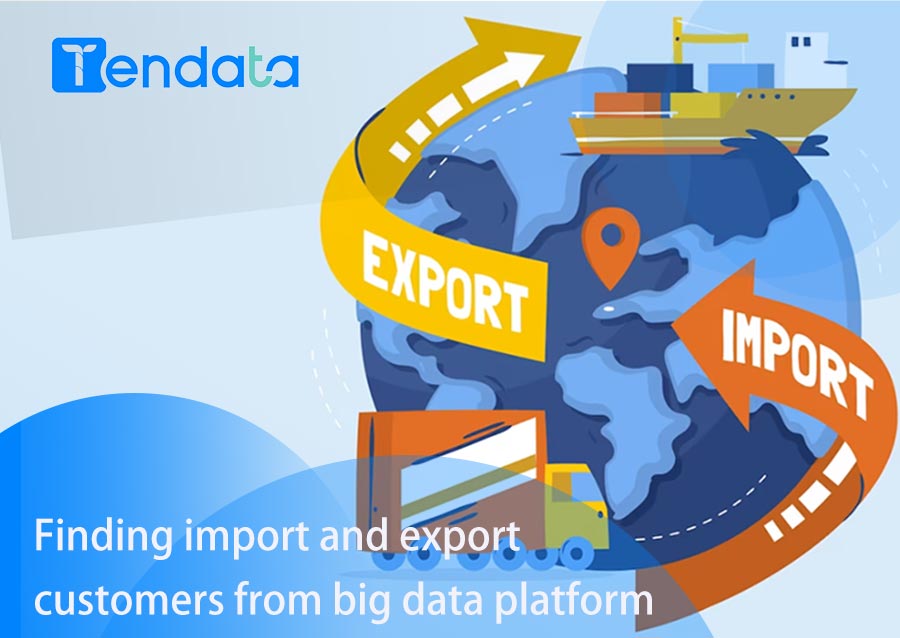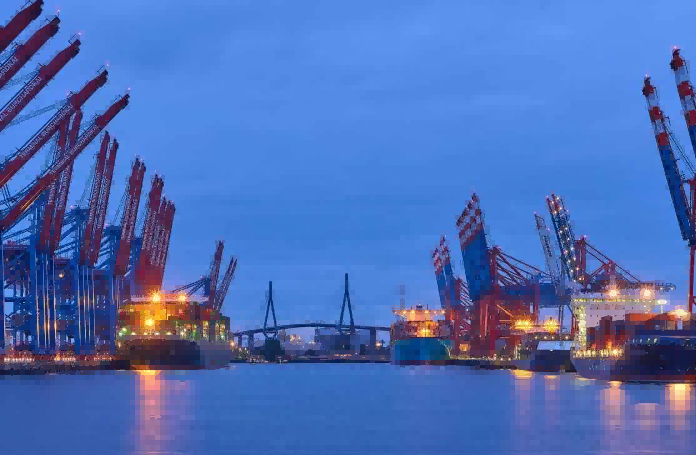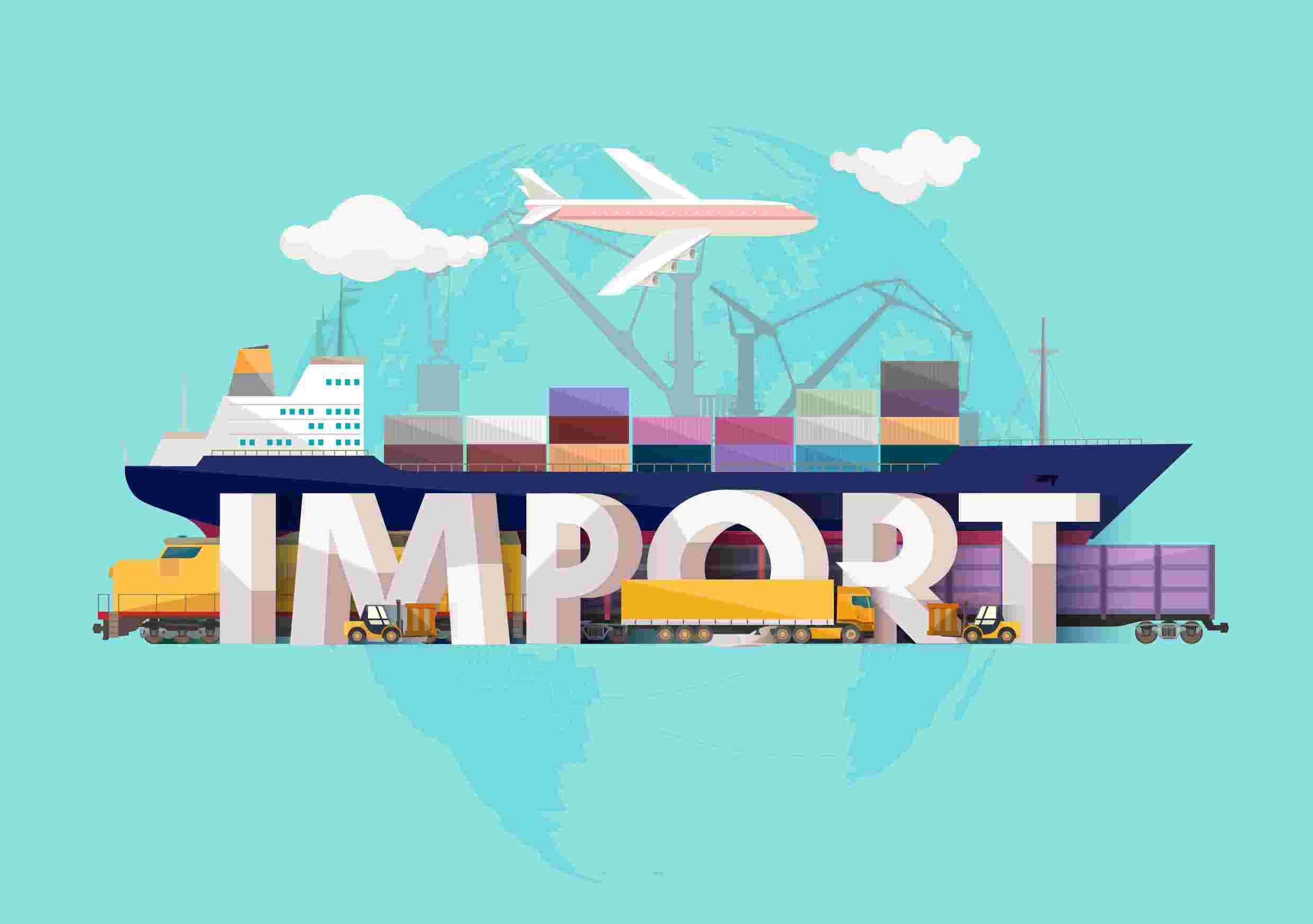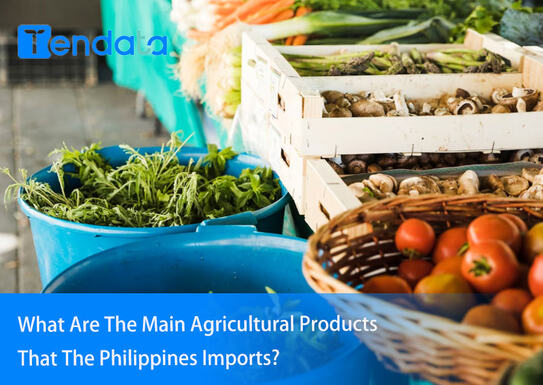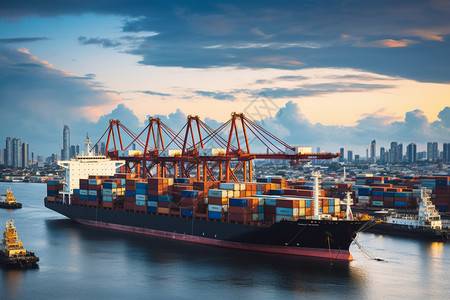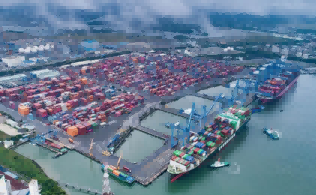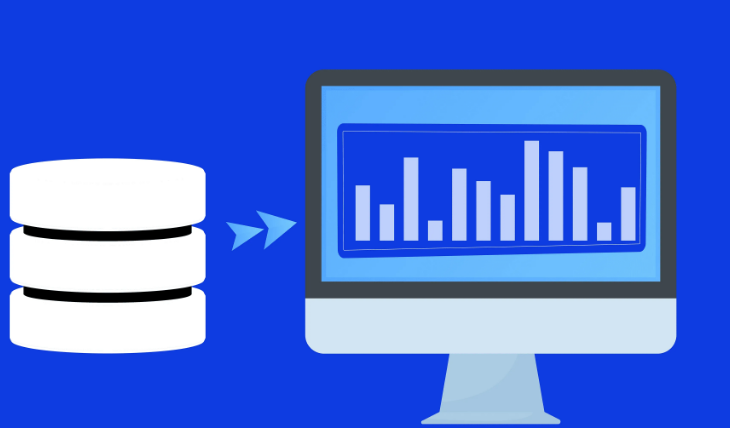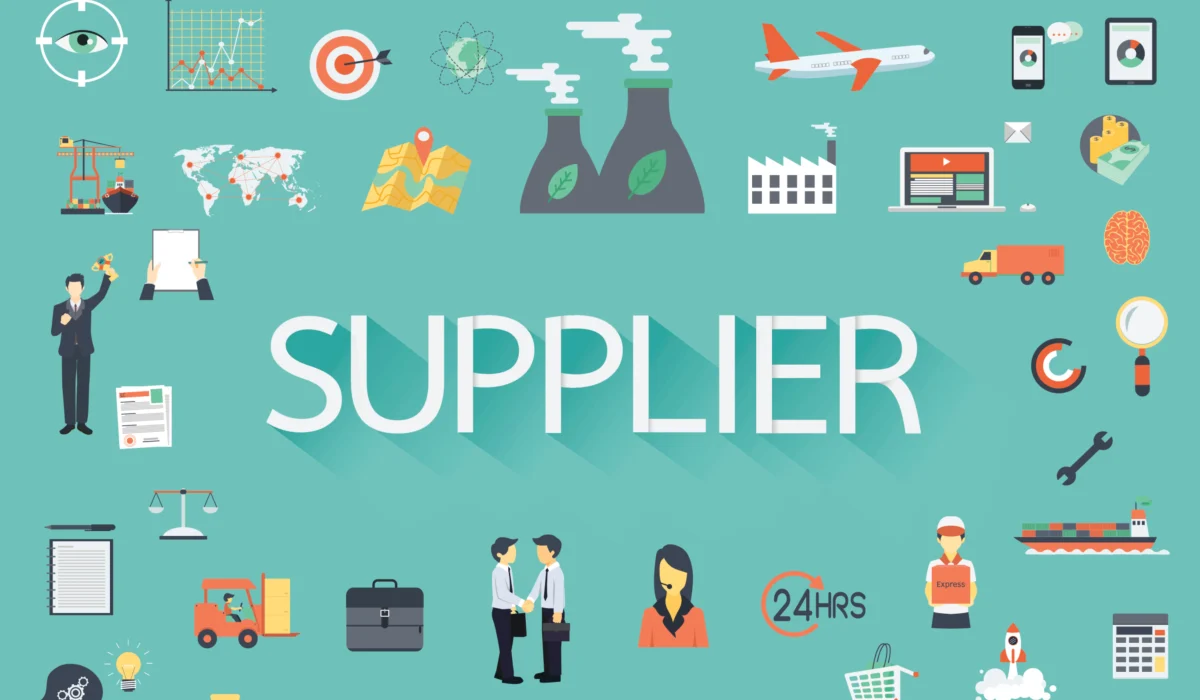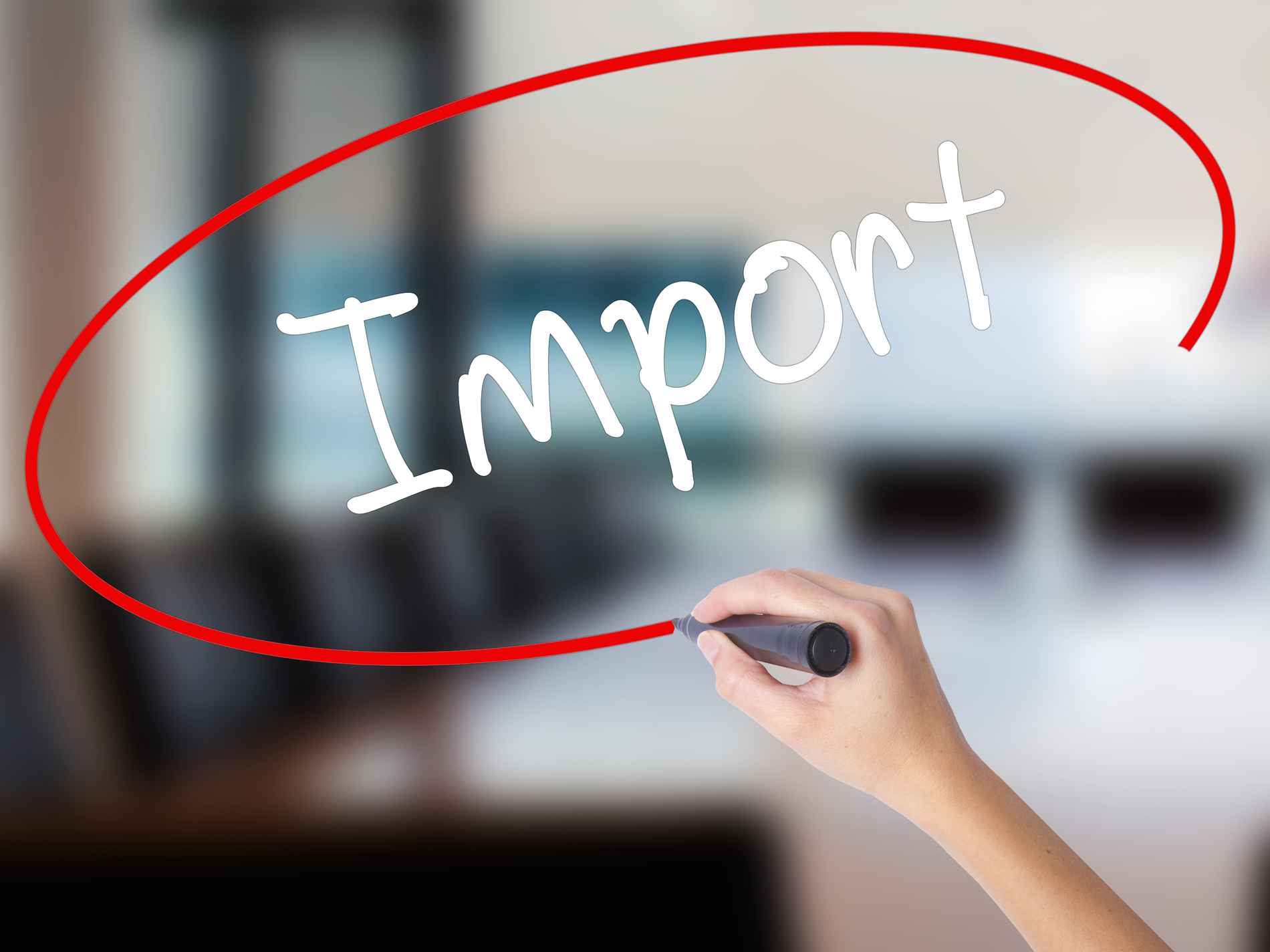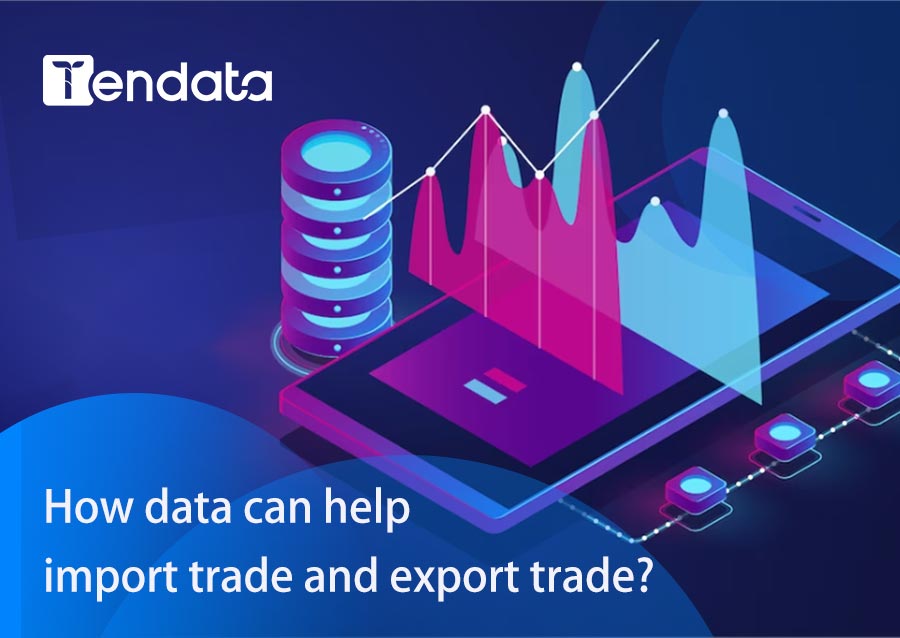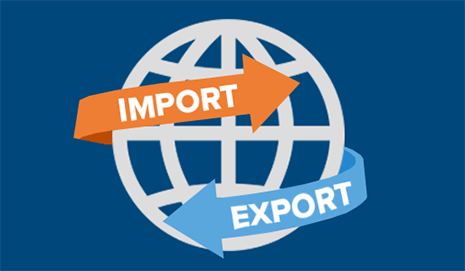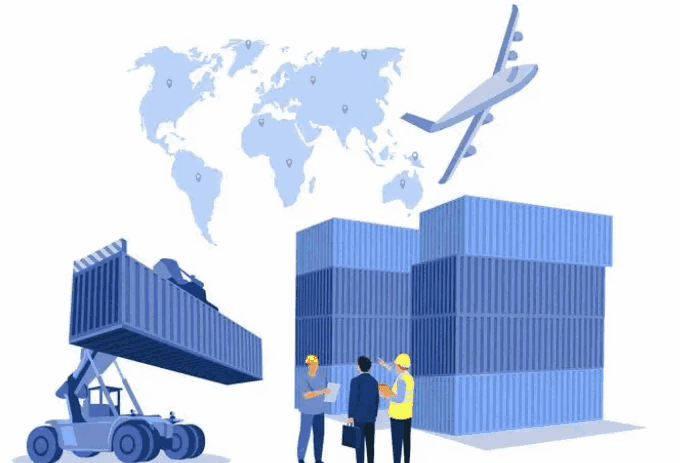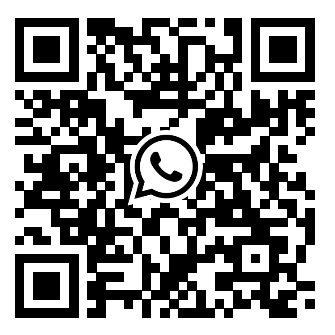 Trade Data Provider
Trade Data Provider
 2025-08-13
2025-08-13
For small exporters, finding reliable overseas buyers is often the biggest challenge. The good news? There are free customs data platforms that give you a starting point without upfront costs. However, free versions have limits, and knowing when to switch to a paid plan can save you time and bring in bigger opportunities.
Customs trade data can give you a competitive edge by revealing:
Who is importing your product
From which countries
How frequently they purchase
At what prices and volumes
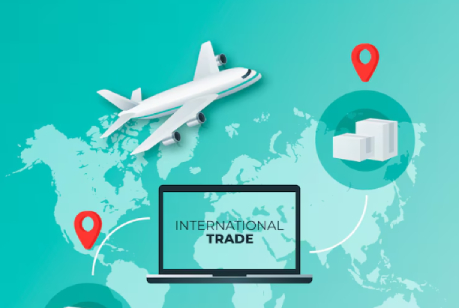
Top Free Customs Data Platforms for Small Exporters
1. UN Comtrade
UN Comtrade is a global trade database covering over 200 countries. You can search by HS code or product keyword to view import/export volumes and values.
Pros: Wide coverage, historical data, free to access basic stats.
Cons: No buyer names or contact details, limited to aggregated data.
Upgrade Path: If you need company-level data, consider moving to a commercial trade data provider.
2. ITC Trade Map
Managed by the International Trade Centre, Trade Map offers trade statistics, growth rates, and market trends for thousands of products.
Pros: Country and product-level insights, easy HS code lookup, export potential indicators.
Cons: Requires free registration; only high-level data is free.
Upgrade Path: Paid versions (or commercial tools) give you importer contact info and deeper shipment analysis.
3. U.S. Census Bureau – USA Trade Data
If you’re targeting the U.S. market, this official portal offers free access to U.S. import/export statistics by product and country.
Pros: Accurate government data, free for unlimited searches.
Cons: U.S.-focused, no buyer details, interface is less intuitive for beginners.
Upgrade Path: Use a paid platform that adds U.S. importer names, shipment volumes, and contact details.
4. Eurostat – EU Trade Data
Eurostat provides official trade data for the EU region, useful for exporters targeting European buyers.
Pros: Comprehensive EU coverage, free access, detailed commodity codes.
Cons: No company-level data, learning curve for navigation.
Upgrade Path: Combine Eurostat data with a paid customs database for company-specific targeting.
5. World Integrated Trade Solution (WITS)
Run by the World Bank, WITS compiles trade data from multiple sources.
Pros: Free access to global statistics, tariff information, and trade indicators.
Cons: No buyer lists, limited real-time insights.
Upgrade Path: Use WITS for market sizing and a paid tool for active buyer identification.
When to Upgrade to a Paid Customs Data Platform
Free platforms are ideal for market research, but they won’t give you actionable buyer leads. If your goal is to send emails, make calls, and close deals, you’ll need company-level customs data with:
Importer/exporter names
Contact information (email, phone, LinkedIn)
Detailed shipment history
Competitor analysis
Paid platforms like Tendata, ImportGenius, Panjiva, or TradeAtlas offer this level of detail.
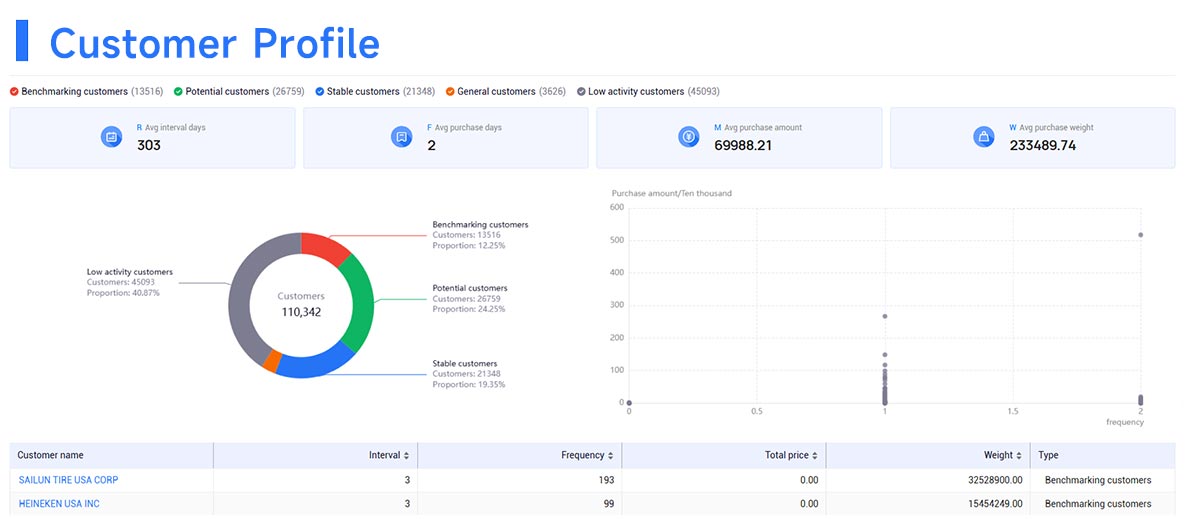
>>>> Try Free Customs Data Platforms <<<<
How to Maximize Free Tools Before Upgrading
Start with HS Code Research – Identify the correct HS code for your product.
Check Market Size & Growth Trends – Use UN Comtrade or Trade Map to find high-potential countries.
Shortlist Target Countries – Focus on 2–3 markets where imports are growing.
Upgrade for Buyer Names – Once you know your target markets, invest in a paid platform to get direct buyer lists and start outreach.

Final Thoughts
Free customs data platforms are a great entry point for small exporters. They help you understand market trends, identify target countries, and learn industry codes—all without spending a dime. But when you’re ready to move from research to actual buyer outreach, a paid version is worth the investment.
Category
Leave Message for Demo Request or Questions


 T-info
T-info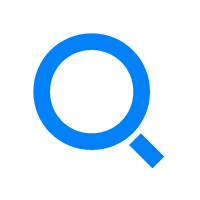 T-discovery
T-discovery

 My
Tendata
My
Tendata Market Analysis
Market Analysis Customer
Development
Customer
Development Competitor
Monitoring
Competitor
Monitoring Customer Relationship
Customer Relationship